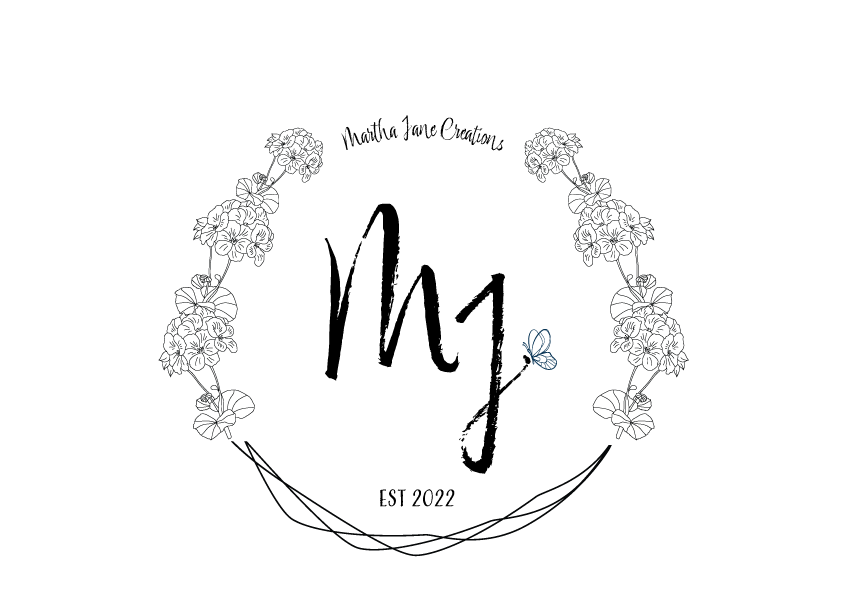What kind of Quilter are you?
Quilting, or the joining together layers of fabric or padding with lines of stitching, could possibly date back to as early as 3400 BC! Evidence of the first quilt known to existence is displayed in the British Museaum and is draped on an ivory figure of an Egyptian Pharoah.
Here in the United States, quilting became common in the late 17th and early 18th centuries. Colonial quilts were not made of leftover scraps or worn clothing but were decorative items showing the fine needlework of the maker. Typically, only the wealthy had the leisure time for quilting. Last year, my family went to Williamsburg and toured the Art Museaum. They have a whole wing dedicated to quilts in America. It was amazing!! I could have spent hours!
During the 19th century, the industrial revolution allowed textiles to be manufactured on a broad scale. This made fabric more affordable and easily available to almost all families. Block based quilts became popular because it allowed makers to show off a variety of pretty fabrics. This is also when sewing machines came on the market. in 1856, Singer sewing machine set up a “payment plan” and by the 1870’s most households had a sewing machine. This allowed women to spend less time sewing clothes and freed up more time to make quilts. Quilts began to be pieced with a machine and occasionally quilted on a machine, but the primary method was still hand quilting. Women in small town and communities still gathered to make quilts together, and it was customary to make more elegant quilts for special occasions: wedding, new families, and new ministers to the church.
The Amish community also made quilts, and these had a rise in popularity. They are known for their simplicity, but many times were one of the few, if not the only art type piece in very minimalistic homes.
Quilting has continued to evolve and change. The big trend now is “modern quilting” and you find many that classify themselves as a “modern” or “traditional” quilter.
Traditional quilting has a definite structure, consisting of blocks, rows and columns. Usually patterned fabrics are used. And they are said to “aim for balance.” Modern quilts are said to have a hidden structure and give a feeling of balance. They play off negative space, usually having a white or light-colored neutral background and play off solids.
“Traditional and modern are just two words, and we do both genres of quilting disservice when we fail to look beyond these generalizations and engage each quilt on its own terms. I prefer to talk about quilting traditions, that large umbrella that encompasses everything we do, and the consider the differences that makes the tradition so remarkable.” I love this quote by Thomas Knauer in an old Quilter’s Newsletter. I feel like he put perfectly into words how I feel. I enjoy quilting as a whole! Yes, I tend to prefer traditional blocks and tend to consider myself more of a “traditional quilter”, but I have made some “modern” quilts and like them too! I LOVE fabric and especially patterned fabrics. However, I still usually always mix some solids in with my patterns. I don’t like busy. I prefer edge-to-edge quilting with a pantograph or free motion quilting over straight line quilting. And I LOVE adding in some hand quilting details, or complete hand quilted quilts.
Our society seems to have the need to put a label on everything and I just don’t fall into this view very well. I remember in school, everyone had to know it you were “boyfriend and girlfriend” and sometimes you just didn’t know, or you just didn’t care. You enjoyed spending time with the person and that was all that mattered. Sometimes labels are important, but I don’t always think they are crucial in the world of quilting. Many might disagree with me, but I think as quilters, we all need to just enjoy the craft, explore our passions, and continue to support each other as we are all known to do so well!!








